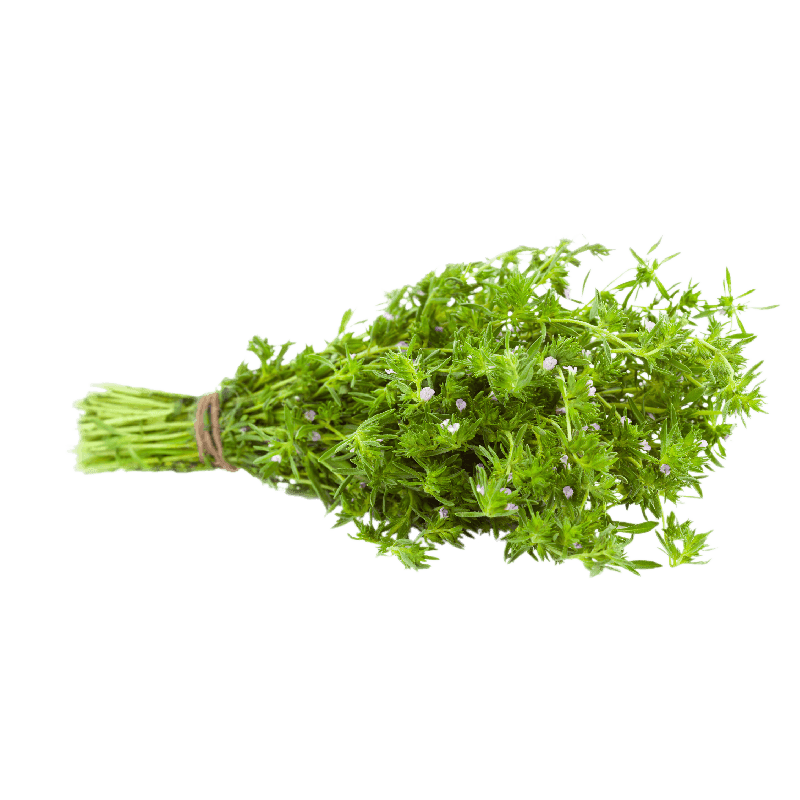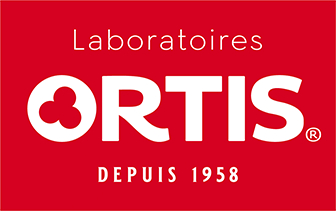
Common thyme, garden thyme or farigoule thyme
Latin name
Origin
Used part
Active components
Usage
Bibliographical references
- Community Herbal Monograph on Thymus vulgaris l. and Thymus zygis l., herba
Ref. EMEA/HMPC/234113/2006
EMEA: http://www.ema.europa.eu/docs/en_GB/document_library/Herbal_-_Community_herbal_monograph/2009/12/WC500018081.pdf
- Antispasmodic effect of hydroalcoholic extract of Thymus vulgaris on the guinea-pig ileum.
Babaei M, Abarghoei ME, Ansari R, Vafaei AA, Taherian AA, Akhavan MM, Toussy G, Mousavi S.
Nat Prod Res. 2008;22(13):1143-50. [Pubmed: http://www.ncbi.nlm.nih.gov/pubmed/18855214]
- Relaxant effects on tracheal and ileal smooth muscles of the guinea pig.
Reiter M, Brandt W.
Arzneimittelforschung. 1985;35(1A):408-14. [Pubmed:
http://www.ncbi.nlm.nih.gov/pubmed/16397917]
- Spasmolytic activity of the flavonoids from Thymus vulgaris.
Van Den Broucke CO, Lemli JA.
Pharm Weekbl Sci. 1983 Feb 25;5(1):9-14. [Pubmed: http://www.ncbi.nlm.nih.gov/pubmed/6844124]
- Impact of thymol in thyme extracts on their antispasmodic action and ciliary clearance.
Begrow F, Engelbertz J, Feistel B, Lehnfeld R, Bauer K, Verspohl EJ.
Planta Med. 2010 Mar;76(4):311-8. Epub 2009 Oct 6. [Pubmed: http://www.ncbi.nlm.nih.gov/pubmed/19809973]
- Antibacterial activity of thyme and lavender essential oils.
Sienkiewicz M, Łysakowska M, Ciećwierz J, Denys P, Kowalczyk E.
Med Chem. 2011 Nov;7(6):674-89. [Pubmed: http://www.ncbi.nlm.nih.gov/pubmed/22313307]
- WHO Monographs on Selected Medicinal Plants.
WHO (World Health Organization), 1999. [WHO: http://apps.who.int/medicinedocs/en/d/Js2200e/28.html#Js2200e.28]
- Antimicrobial agents from plants: antibacterial activity of plant volatile oils.
Dorman HJ, Deans SG.
J Appl Microbiol. 2000 Feb;88(2):308-16.
Pubmed: http://www.ncbi.nlm.nih.gov/pubmed/10736000
- Antibacterial and antifungal activity of aromatic constituents of essential oils.
Pattnaik S, Subramanyam VR, Bapaji M, Kole CR.
Microbios. 1997;89(358):39-46.
Pubmed: http://www.ncbi.nlm.nih.gov/pubmed/9218354
The health claims that feature on our website in relation to the plants contained in our products are compliant with the list of health claims awaiting final assessment by the Community authorities (cf. website of the European Commission: http://ec.europa.eu/nuhclaims/). However, they may be subject to modification following their assessment by the national competent authorities.
The health claims relating to other nutrients or substances contained in our products that feature on our site are compliant with Regulation No. 432/2012 of the Commission of 16 May 2012 which establishes a list of authorised health claims authorised in relation to food products, other than those in reference to the reduction of the risk of disease as well as community-based development and child health (cf. website of the European Commission: http://ec.europa.eu/nuhclaims/).

 Belgique
Belgique  België
België  France
France  Italia
Italia  Portugal
Portugal  España
España  United Kingdom
United Kingdom  Κύπρος
Κύπρος 